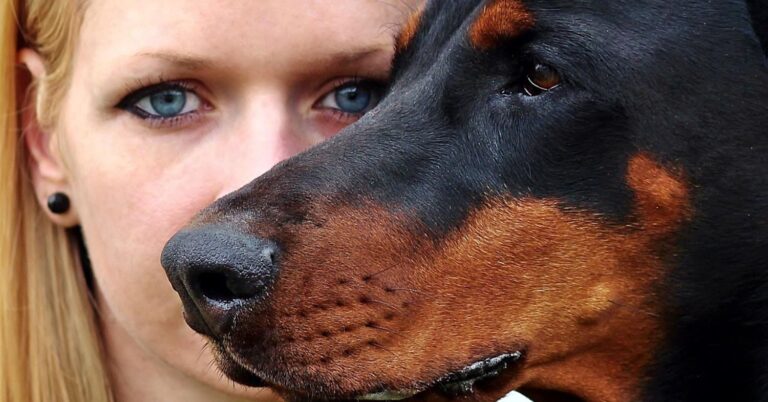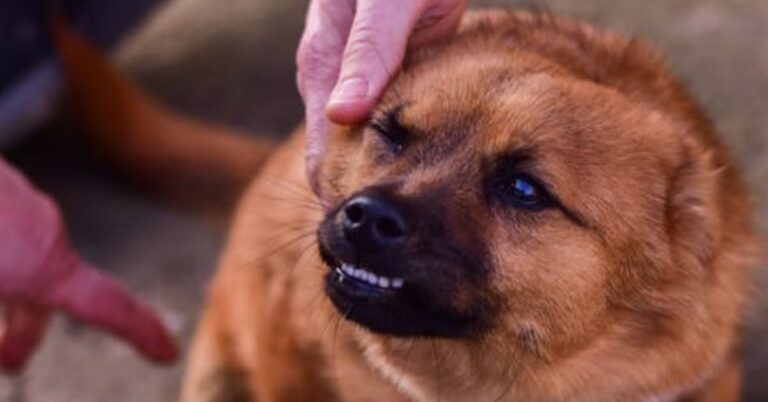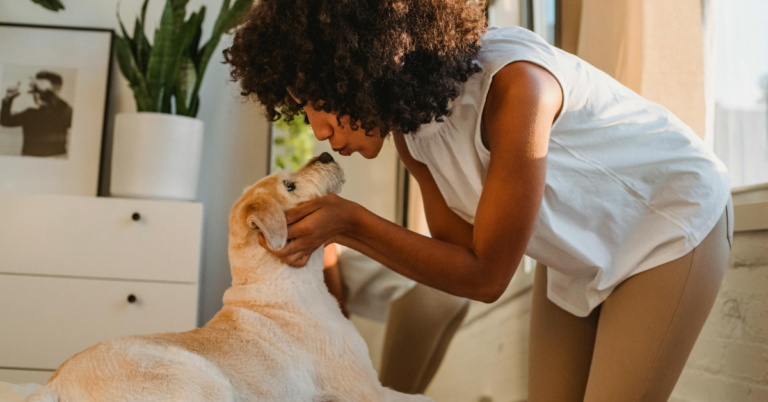10 Behaviors You’ll Only See In Dogs That Feel Truly Loved

Dogs don’t speak, but they reveal everything. Once they realize they’re safe, small habits begin to change. They react with confidence instead of hesitation. It doesn’t happen overnight, but it always shows. This list walks through ten telling behaviors that show when the small friend has found comfort and a sense of emotional security.
Soft, Relaxed Eye Contact
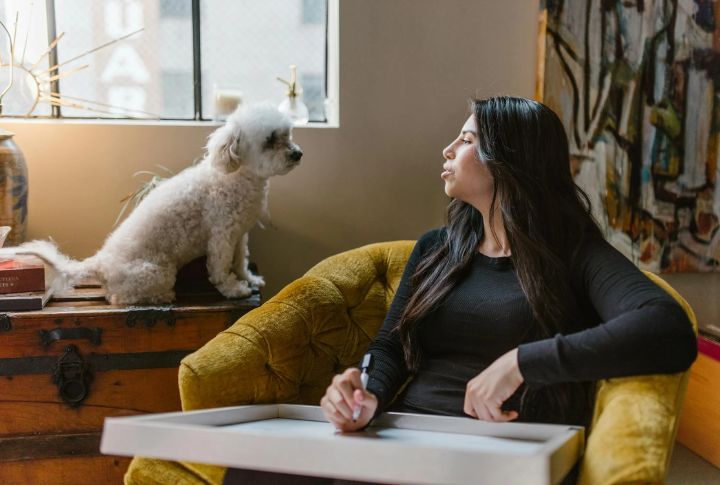
Most dogs avoid direct eye contact unless they trust deeply. In secure homes, that wariness fades. This isn’t dominance or challenge; it’s connection. Mutual gazing between pups and humans increases oxytocin, the bonding hormone. It’s one of the clearest signs of mutual love and safety.
Soft Whining Greetings
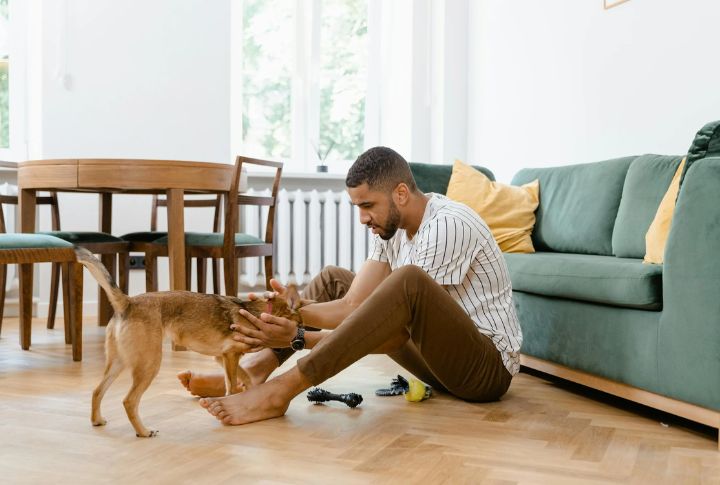
Do you hear that gentle whimper when you walk through the door? It’s excitement filtered through attachment. Dogs in emotionally stable environments develop these nuanced vocal habits. They’re not begging for food or play. They might be saying, “You matter, and I missed you.”
Frequent Belly Displays

Rolling over to show the belly is more than just an invitation for scratches. It’s a surrender of defenses. In canine body language, the stomach is the most vulnerable area. A fellow who does this regularly is showing deep-seated trust and emotional comfort.
Leaning Into You
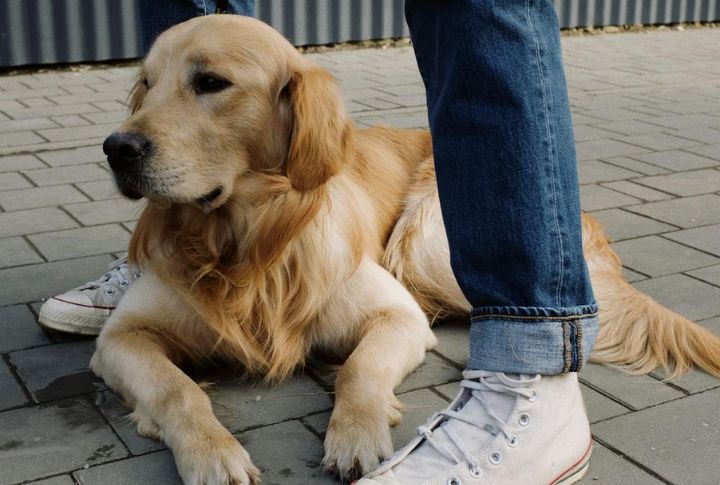
Not all contact is created equal. When a dog leans into a human’s leg, it’s a quiet request for closeness. There’s no leash, no command, just trust. Leaning is a social comfort-seeking gesture. Pups raised with consistent affection use their bodies to stay emotionally tethered to their people.
Following Without Fear
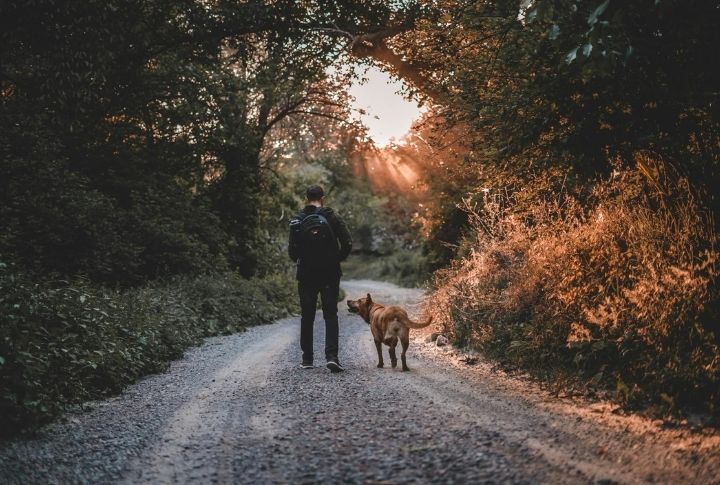
It’s one thing for a dog to trail behind because it’s trained. It’s another when the motivation is emotional closeness. Dogs that feel safe often shadow their people to share space. It’s a secure attachment pattern, not separation anxiety. Their presence is calm and unforced.
Playful Zoomie Sessions
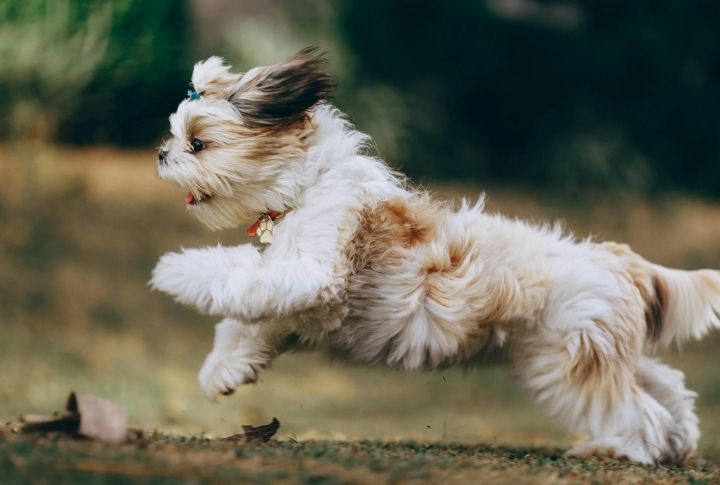
Those chaotic, joyful sprints are pure emotional release. Behaviorists classify them as Frenetic Random Activity Periods or FRAPs, and they show up when the pup feels completely uninhibited. Shelter dogs rarely exhibit this. But in a home with love and consistency, zoomies explode into life.
Stretching Out Beside You
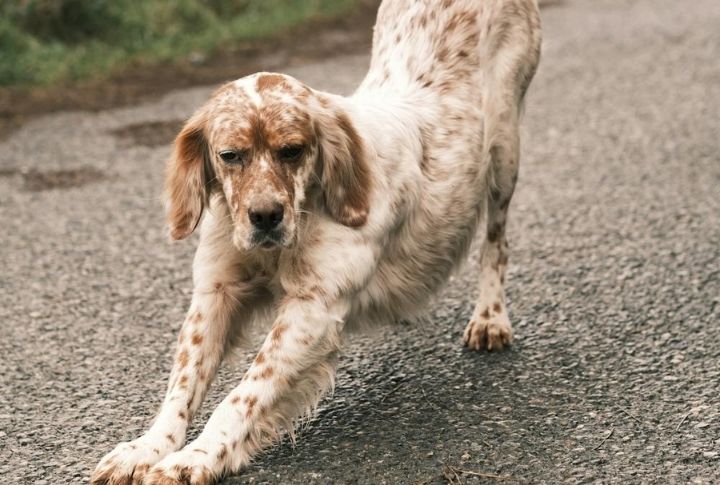
There’s no instinct to stretch out unless the environment feels safe. Wild dogs stay coiled, always ready to move. But in a home where stress has faded, that instinct relaxes. A dog stretched beside a person is openly choosing vulnerability. That’s a silent message of trust.
Gentle Bite Behavior
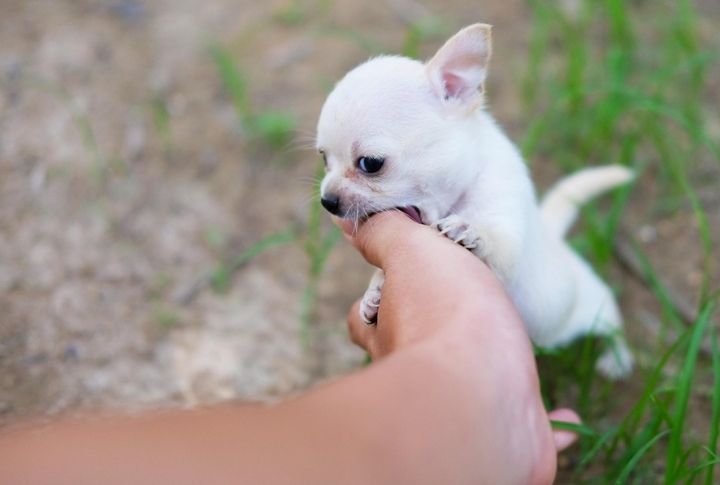
In playful moments, the way a dog uses its mouth says a lot. When that grip is soft and the motions slow, it’s affection. Those fellows who trust their humans learn emotional restraint. Their mouths stop being tools of survival and become part of the relationship’s language.
Bringing You Their Toys
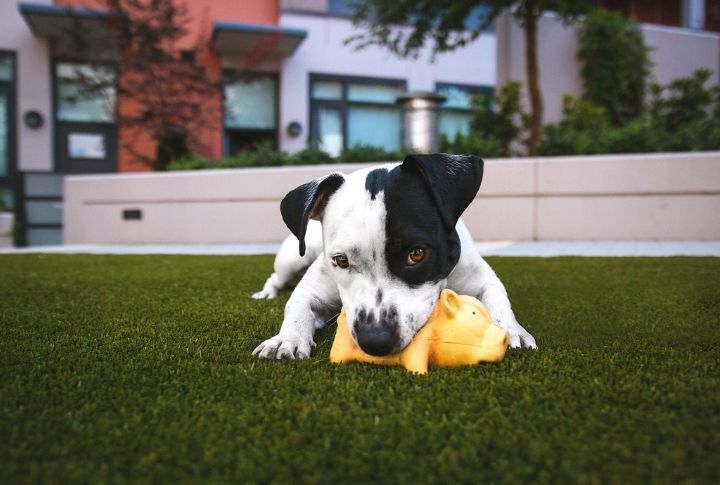
Dogs that feel safe often share. Offering toys is a subtle form of social exchange: an invitation to interact. It’s a learned trust signal, not just play. The pups in stable homes learn that what’s “theirs” can also be part of something shared and meaningful.
Confident Exploring Nearby
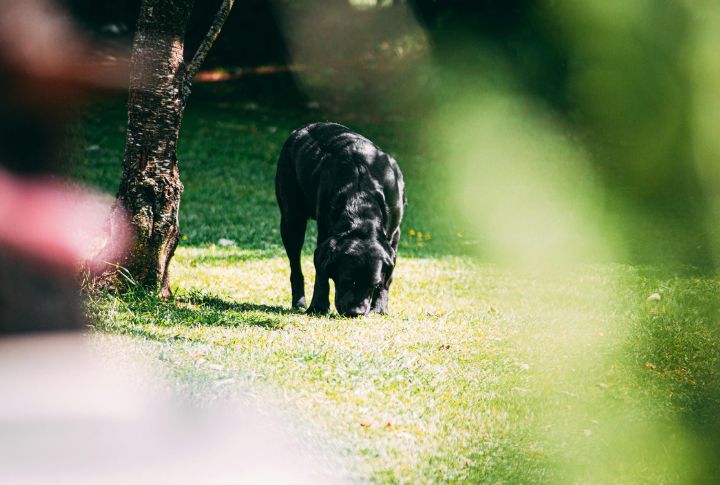
Curiosity blooms when dogs feel emotionally grounded. They explore on their own but often circle back or lock eyes—not out of habit, but as a way of showing trust. It’s trust in motion. Like a child scanning for their caregiver’s nod, a secure dog checks in, knowing their person is still part of the moment.
